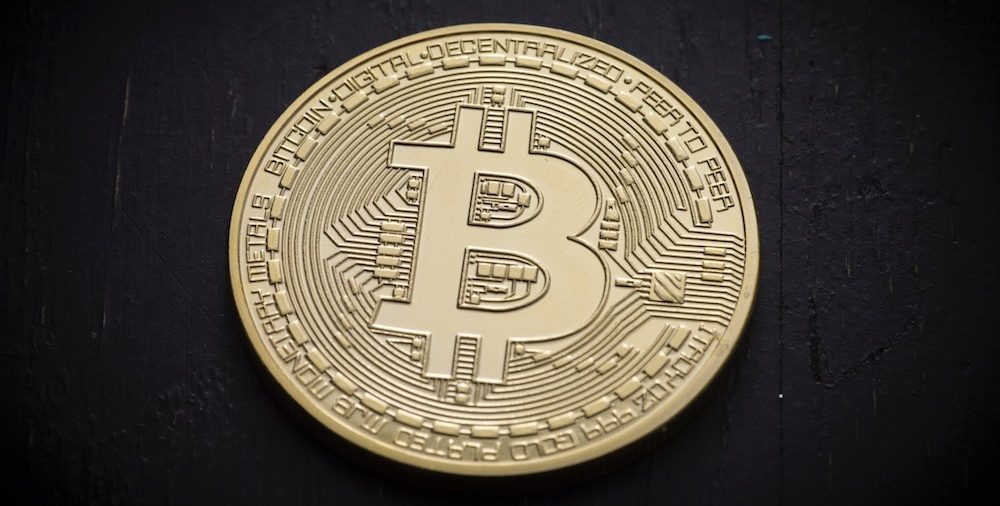After turning my nose up at cryptocurrencies (and bitcoin) for many years, in 2021 I changed my mind and am investing a little bit of my money into the space. It’s been a fun rollercoaster over this past year with lots of ups and downs and lots of learnings for me. Cryptocurrencies are quite the rage right now with many people becoming big believers in the space, while others continue to debate how something can have value when it doesn’t even exist in physical form and isn’t backed by another asset. On top of that, some countries are welcoming the use of cryptos whereas others are balking at it. While there’s no surefire way to determine how all this will play out over the next several years, I think that cryptocurrencies are most likely here to stay.
One very intriguing corner of the cryptocurrency space I’ve found is yield farming, or earning interest/rewards from lending your crypto. Defi, or decentralized finance is very intriguing to me and I’ve dabbled it in some myself. Although it’s not without risk, the rewards have been good to me so far.
Looking at Both Sides of the Argument
Cryptocurrencies have had a monster 2021 with many rising a lot in value, causing the naysayers to eat their words. On the other hand, proponents of the concept may be cashing in even more than they expected. New ways to build wealth through cryptos are even being developed by companies like uswap eclipcity. Although NFTs or the metaverse might be a little further outside of your comfort zone, yield farming is something that many of us can wrap our heads around. Yield farming allows people to use the cryptocurrencies they own to earn even more. It’s a complex concept that has already started generating results for those who’ve jumped on board.
Yield Farming Explained
Before delving into the intricacies of yield farming, it’s important to explore a bit of the backstory. When cryptocurrencies first came onto the scene, there were only a couple of ways to acquire them. People could mine them, which required participating in the maintenance of the public ledger through solving complex math problems earning the right to get the reward that comes with each block (a basic unit of blockchain). You could also purchase cryptocurrency through various platforms. As more cryptos entered the mix, trading also became a possibility.
Purchasing cryptocurrencies on various exchanges is a popular way to get in on the rising craze. People visit those exchanges to purchase cryptos or trade one type for another. They pay certain fees for this convenience in addition to the cost of purchasing cryptos itself. Those fees help the exchanges make money.
Over time, the concept of lending and borrowing cryptocurrencies came to light, as similar with buying and selling stock, exchanges found it profitable to lend money out to facilitate trading on margin.

Digging Deeper
This portion of the borrowing and lending market is what gave rise to yield farming. Platforms have been developed specifically to foster the process. Lenders purchase cryptocurrencies and deposit them into a liquidity pool. That’s basically a virtual pile of cryptocurrency consisting of deposits from multiple owners. From there, other people can borrow from the pool. The entire process is covered by smart contracts. These contracts are developed via blockchain, which is the same technology that’s behind cryptocurrencies.
Borrowers pay interest on their loans, just as they would with a traditional loan. From there, the interest payments are passed along to lenders. Lenders can also earn additional cryptocurrency simply by placing their money into the liquidity pool. In some cases, borrowers can earn extra cryptos as well.
As it’s a smart contract, no third party (like a bank) is a part of this exchange, meaning no middlemen to take a cut of the interest paid/received. The smart contract will oftentimes have the borrower lock up collateral that is forfeited if the borrower fails to pay.
What’s the Risk?
There are a couple of different ways to earn on your crypto through yield farming, either using something like true Defis (Maker, Aave) or through a company (BlockFi, Nexo, Celsius). With a site like BlockFi, Nexo or Celsius, it is a bit less transparent how your cyrpto is being lent out or to whom, whereas with a true Defi you’re directly entering into smart contracts with borrowers. Oftentimes there is collateral backing your loans, but if cyrpto crashed and the value of the collateral became worthless, you’d be out of luck. As this is crypto it’s not government sponsored so it’s not FDIC insured, meaning if BlockFi etc failed, you wouldn’t be bailed out by the US government (as is the case with traditional savings accounts).
To me it’s just another risk/reward scenario for me to think through!
Getting More Out of Cryptocurrencies
Despite a few dips in the market, cryptocurrency values are skyrocketing. Those who own them can certainly enjoy significant gains if they’re patient and don’t panic when the market drops here and there. With yield farming, they can take matters a step further. By depositing cryptos into a liquidity pool for borrowers to take advantage of, lenders can earn interest as well as extra cryptocurrency-based rewards. While simply holding onto cryptocurrencies and letting the market run its course can make for considerable profits, yield farming is a great way to boost those gains even more.
Disclosure: Some links will earn me a commission.


 Personal Finances are certainly top of mind for many of us. If you're looking to get serious about improving your financial situation, we've got lots of great materials all over this site! Additionally, we realize that there's a lot of noise out there, and so we created PERSONAL FINANCIAL GUIDES focused on topics with all the info you need, and without any of the noise/ads/clickbait.
Personal Finances are certainly top of mind for many of us. If you're looking to get serious about improving your financial situation, we've got lots of great materials all over this site! Additionally, we realize that there's a lot of noise out there, and so we created PERSONAL FINANCIAL GUIDES focused on topics with all the info you need, and without any of the noise/ads/clickbait.